I found my dream job online. It is a job posting for a Sharepoint Developer. The job description is complicated, although I am positive that I meet at least 90 percent of the qualifications. How do I prepare a resume that will stand out and help me to get that interview?
Signed: Stand Out (SO)
Dear SO,
Before submitting your application, the first step in the process is to delve into a deep analysis of the job description. The best advice comes from Michelle Edmunds, founder/job search coach from Focus Industry Inc., and Employment/Outreach Coordinator at Ryerson University’s The Chang School, who recommends the following:
1. Understand the job posting.
Job seekers need to analyze the job description in detail, in order to grasp what the employer is looking for, and to prepare a resume and social media profile that could land them an interview. Read the posting like you would an assignment given to you by your boss. Remember, the more you understand something, the more confident you feel, the better you sound.
2. Break down the role.
Read and analyze the posting beyond just the qualifications and requirements. Highlight key words and responsibilities (especially the ones you are not sure about). Job postings usually tell the applicant what you will be doing in a specific role. If you send a general resume that does not directly address the posting, the employer will not be able to understand how you fit the role.
3. Fierce competition.
Applying for most jobs is like entering into a competition. Job seekers must create an outstanding resume that is customized to the job posting, so the employer who is reading the document feels confident that they could be a match.
You can do this by demonstrating your relevant skills, experience and education (if required) in a clear, articulate way in the “highlights” of the resume. It will be evident to the employer, after a two-second glance at the resume, if there is a potential fit for the position or not.
4. The Match Percentage.
Some counsellors suggest that you need to meet 70 percent of the qualifications; others argue 90 percent. Edmunds suggests that a 90% match isn’t necessarily good thing if you lack 10 percent of the requirements either, because this is impossible to learn quickly or at all.
It all depends on which skills you lack. For example, maybe you match 90% of the skills the posting asks for, but you don’t have the latest software knowledge, this might mean the employer will have to train you, which might not be feasible.
5. Research.
Before considering writing a resume, research the company. Read other job postings on the company’s web site and the “About Us” section, to get a better idea of the company’s work, accomplishments and projects. Research what you don’t know (acronyms, industry terminologies, software).
The bottom line is that you need to keep in mind that you simply cannot produce a customized resume without a full understanding of the job posting.





